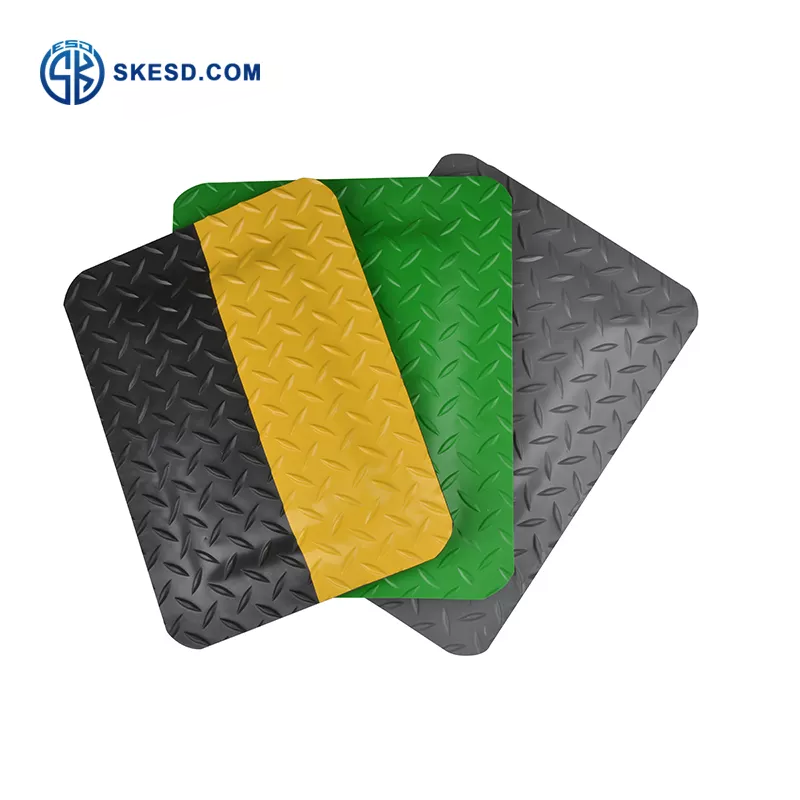Standing for long periods of time can cause fatigue and discomfort, leading to decreased productivity and even health issues. Anti-fatigue matting is a simple solution that can help reduce fatigue and improve overall comfort in the workplace. In this guide, we’ll explore the benefits of anti-fatigue matting and how it can benefit both employees and employers.

How does anti-fatigue matting work?
Anti-fatigue matting works by providing a cushioned surface that reduces the pressure on the feet and legs when standing for long periods of time. This cushioning effect helps to improve blood flow and reduce muscle fatigue, which can lead to increased productivity and reduced risk of injury. Additionally, anti-fatigue matting can also provide slip-resistant properties, making it a safer option for employees working in wet or oily environments.
What are the benefits of using anti fatigue matting in the workplace?
The benefits of using anti-fatigue mats in the workplace are numerous. Firstly, it reduces fatigue and discomfort for employees who stand for long periods of time, which can lead to increased productivity and reduced absenteeism. Secondly, it can improve blood flow and reduce muscle fatigue, which can help to prevent injuries and accidents. Thirdly, anti-fatigue matting can provide slip-resistant properties, making it a safer option for employees working in wet or oily environments. Overall, anti-fatigue matting is a simple and effective solution for improving workplace safety and productivity.
How to choose the right anti fatigue mats for your workplace.
When choosing anti fatigue matting for your workplace, there are a few factors to consider. Firstly, consider the type of environment your employees work in – do they work in wet or oily conditions? If so, choose a mat with slip-resistant properties. Secondly, consider the size and shape of the mat – it should be large enough to accommodate the employee’s workspace and allow for movement. Thirdly, consider the thickness and material of the mat – thicker mats provide more cushioning and support, while materials like rubber or vinyl are durable and easy to clean. By considering these factors, you can choose the right anti-fatigue matting for your workplace and improve the safety and productivity of your employees.
Tips for maintaining and cleaning anti-fatigue matting.
To ensure the longevity and effectiveness of your anti-fatigue mats, it’s important to properly maintain and clean them. Regularly sweep or vacuum the mats to remove dirt and debris, and use a mild detergent and water to clean any spills or stains. Avoid using harsh chemicals or abrasive materials that could damage the matting. Additionally, inspect the mats regularly for any signs of wear or damage, and replace them as needed to ensure continued safety and comfort for your employees.
Related Products:
continue reading
Related Posts
Rohs 2.0 has emerged as a crucial aspect of compliance […]





